Painting a room is one of the most affordable ways to make a big splash in a home redesign. If there’s a paint color that you’ve been considering, but you’re worried that it might be too bold for an entire room, consider using that paint color for an accent wall. Accent walls are not only visually appealing, but they can also help you demarcate sections of your home. If you’re considering incorporating an accent wall, don’t go it alone. Follow our guide.
Unconventional Materials
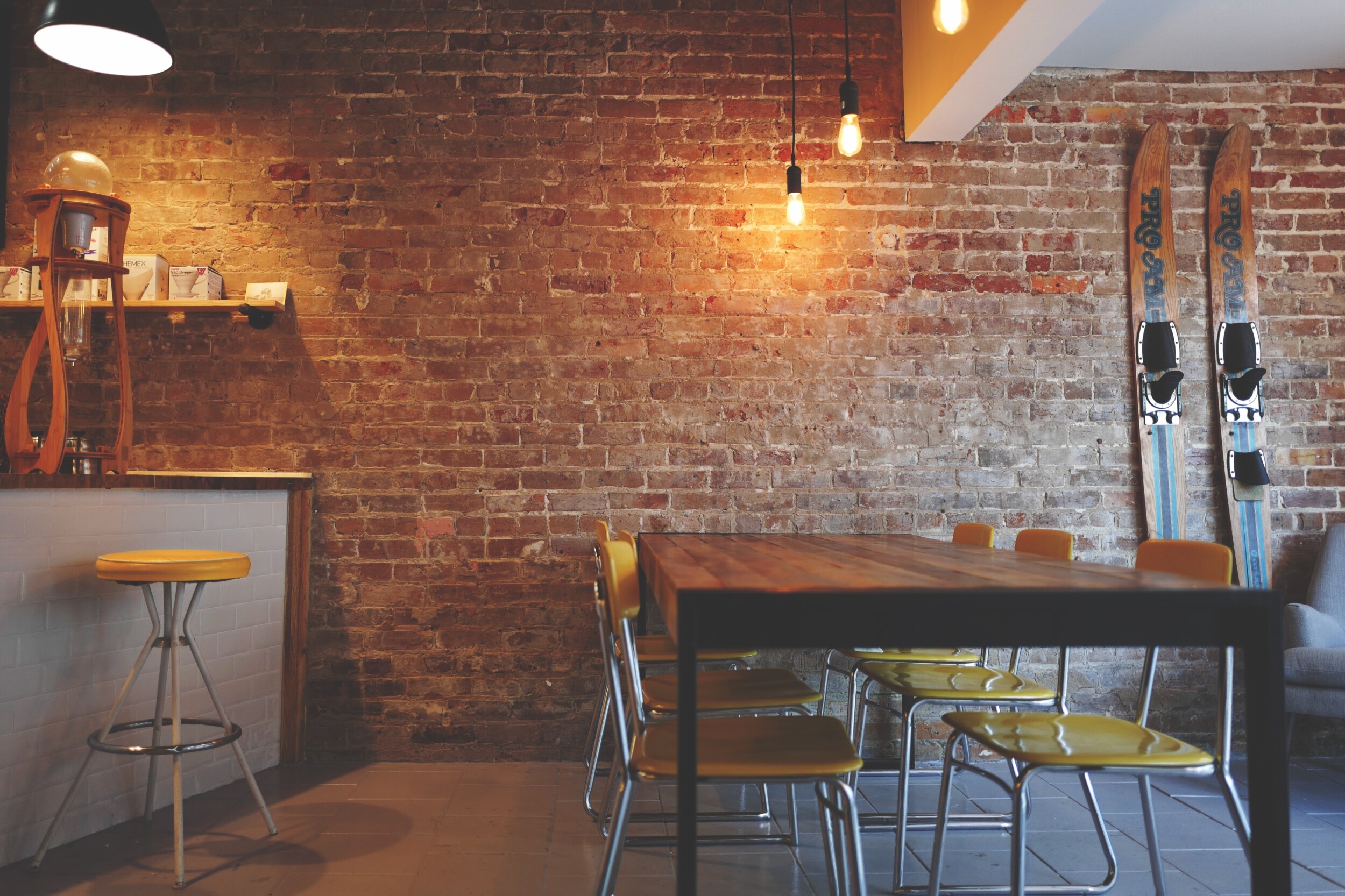
When most people think of accent walls, they think of a new paint scheme. But accent walls are a great place think outside the box. If you have a brick wall that’s been whitewashed, consider sandblasting it, and exposing the brick. Set against more contemporary pieces, it’ll give the room a textured effect.
Check out the brick accent wall from our New Jersey home staging.
White Molding and Trims
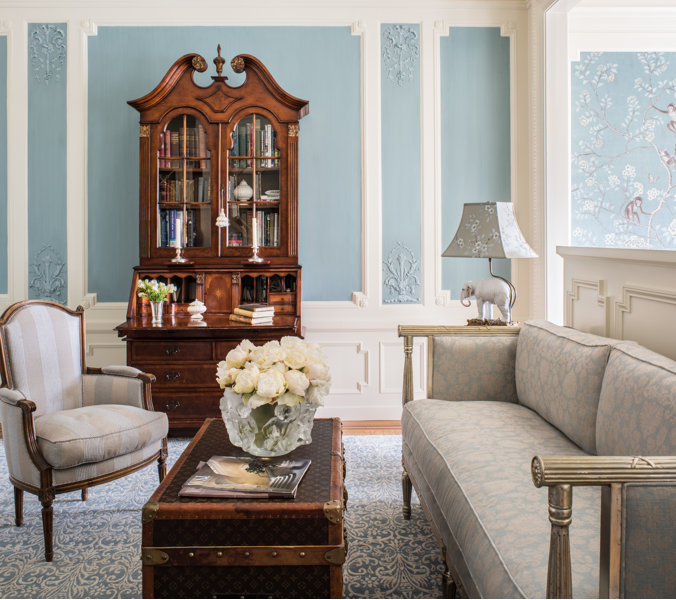
If your walls happen to be adorned with moldings or trims, give these a repaint while you’re painting your accent wall. And always leave moldings and trim white. It’s a crisp look for any space, and set against a white border, your new accent wall will make an even greater impact.
Don’t Leave Your Accent Wall Blank
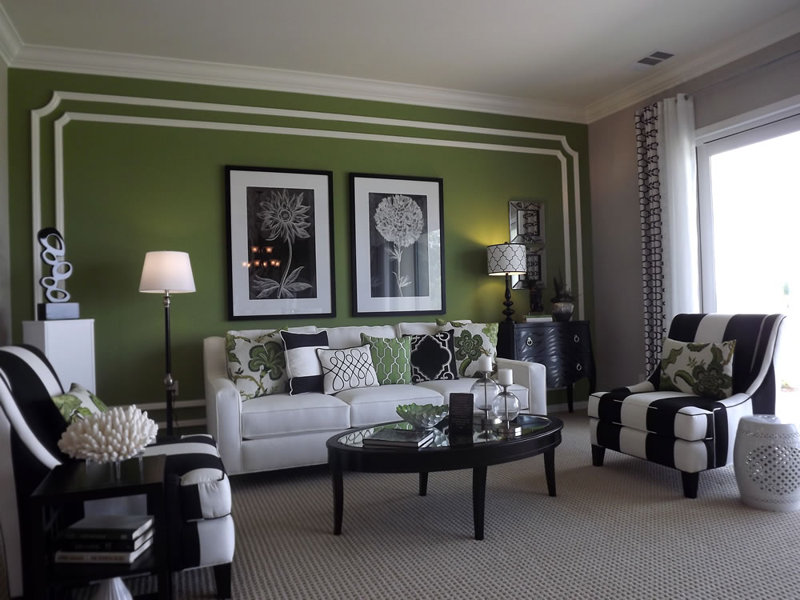
Even if your accent wall is the main attraction, make sure you adorn this wall with decorations, like you would any other room in the home. If you want to hang up some artwork, place it in a white frame, so that it’ll pop against the color you’ve picked out. Or, go for something more sculptural, like we did with the oars in this Hampton’s home office redesign.
Use Accent Walls to Section Off Areas
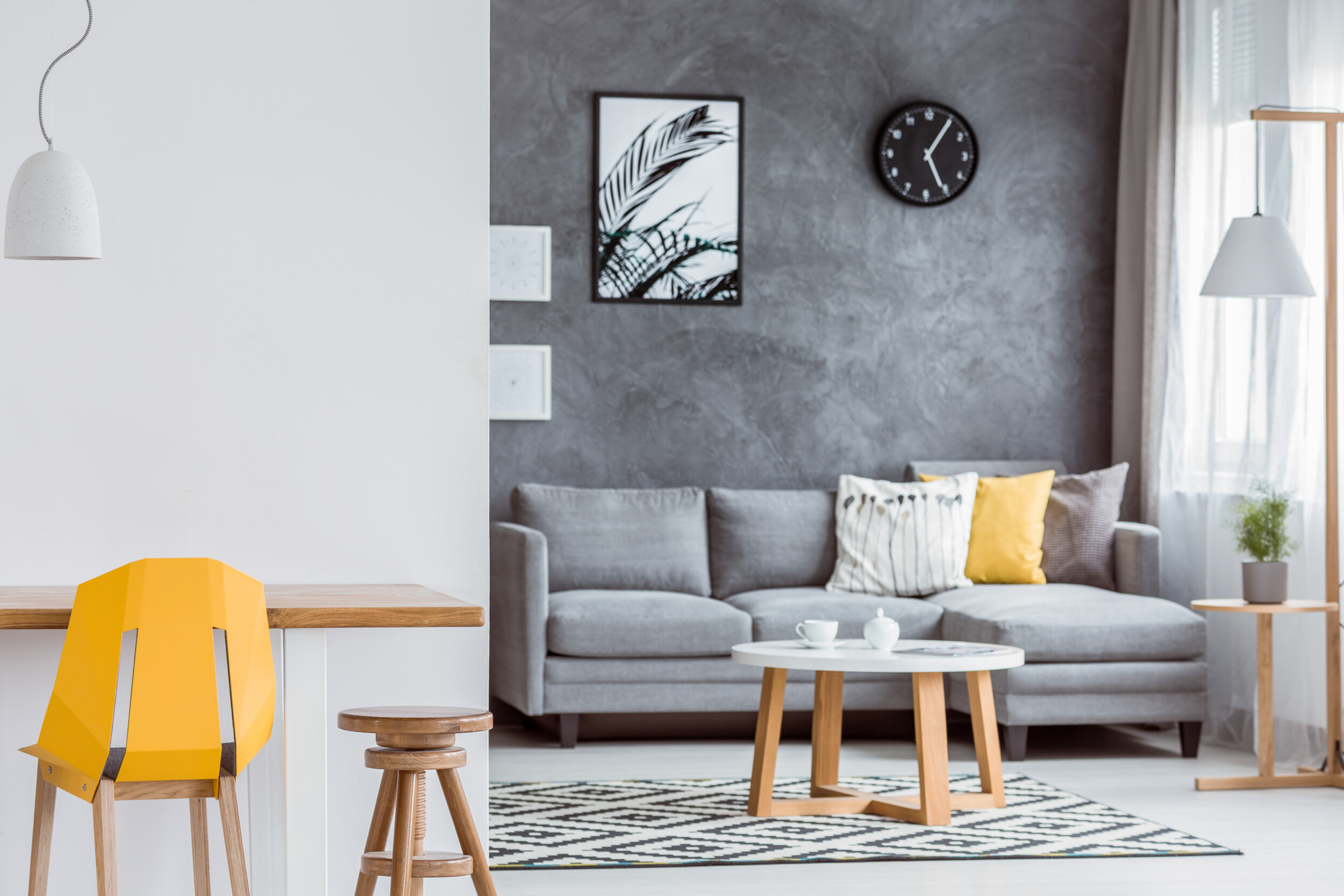
Besides an area rug, the easiest ways to visually section off an area of the home is to use an accent wall. We faced this dilemma in redesigning this Upper East Side family home. So we incorporated a grey wallpaper into the foyer. This differentiated the space from the rest of the apartment, and added texture to an area of the home that often gets neglected.
Pick a Color Based on Your Room
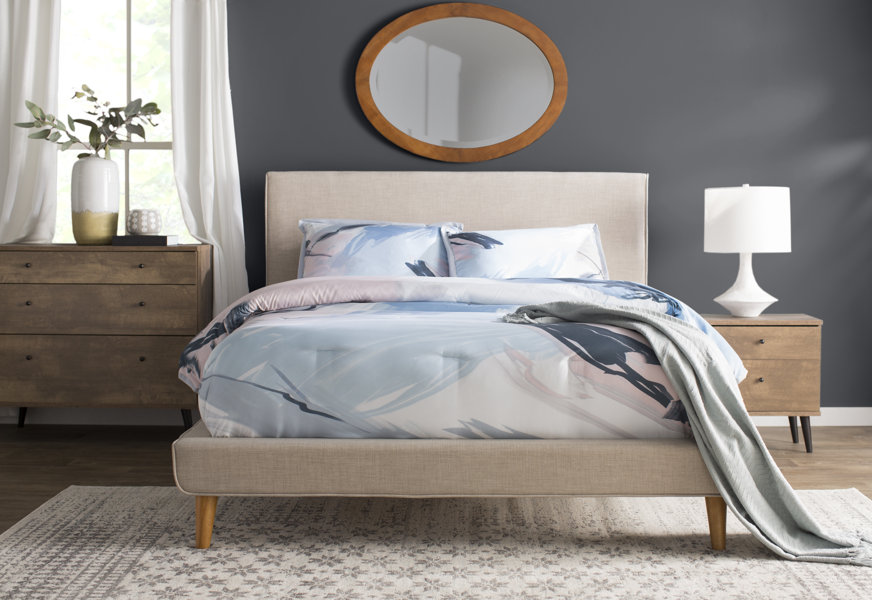
When picking an accent color, make sure that you’re conscientious about which room you’re painting. Whereas common areas can sustain brighter, bolder colors, you’re going to want more subdued neutral colors for your bedroom. If you want to give your bedroom an accent wall, pick a light grey color, or another neutral tone, so that your precious sleep won’t be disturbed.
Wallpaper
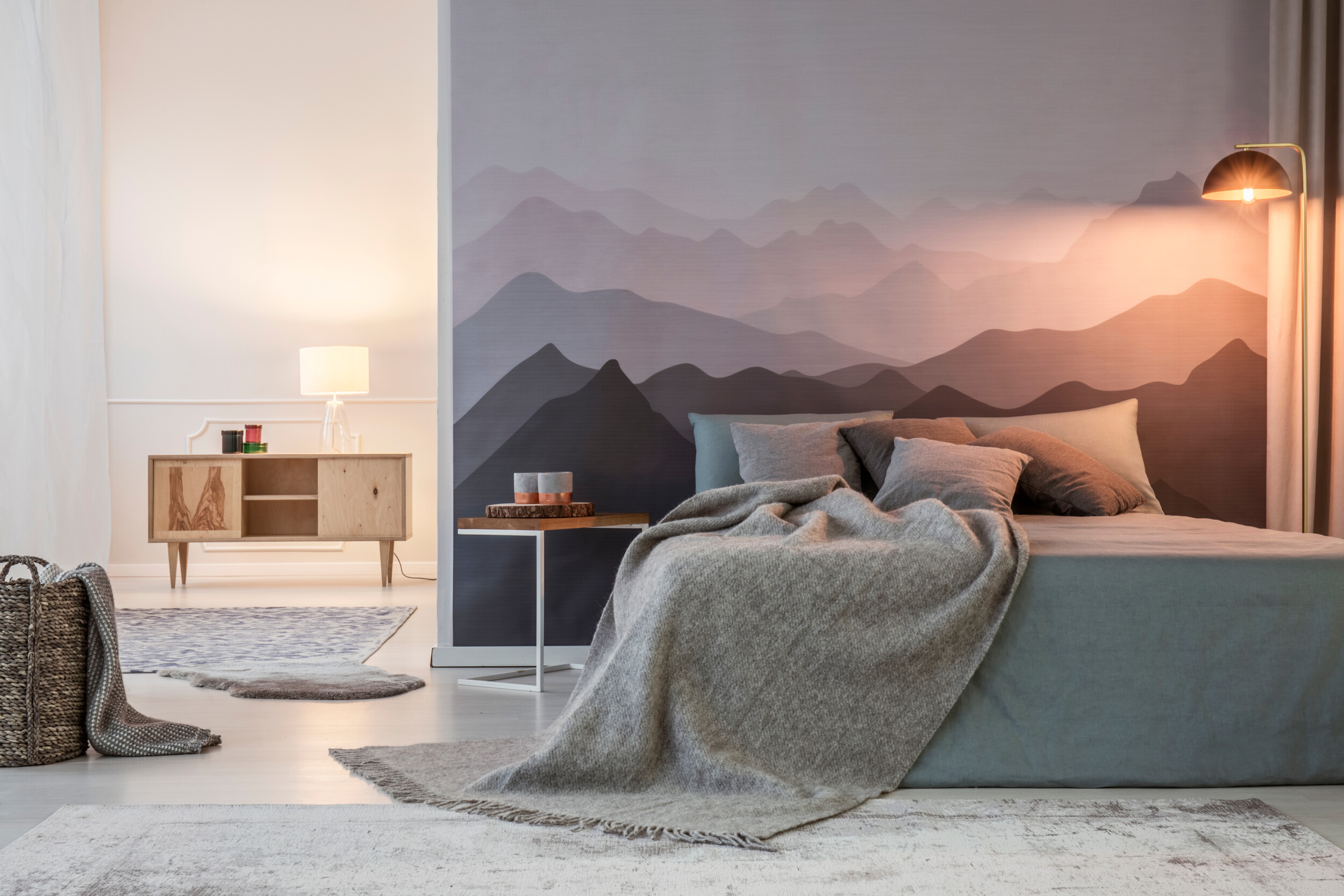
Wallpaper used to be shorthand for old, outdated, and peeling patterns in your grandmother’s living room. But there are plenty of contemporary wallpaper alternatives that are currently available. When picking wallpaper, make sure you follow the other steps that we’ve outlined here.
Ceilings
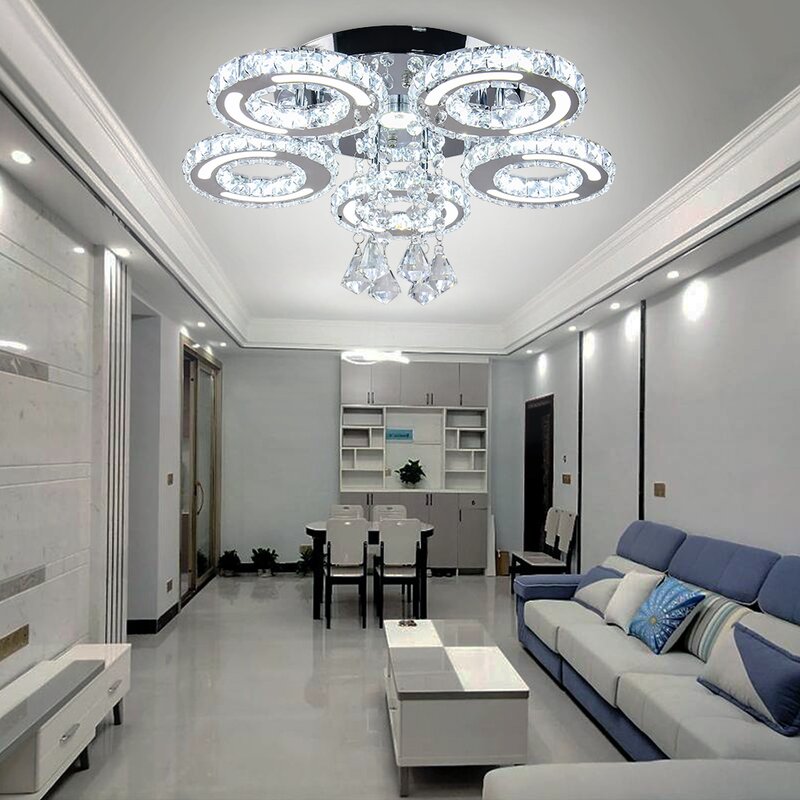
When you feel like you’re running out of surfaces to decorate, consider giving your ceiling an upgrade. It’s not technically an accent wall, but it can function largely in the same way, so follow the same rules that we’ve outlined here.
Don’t Get Too Match-y
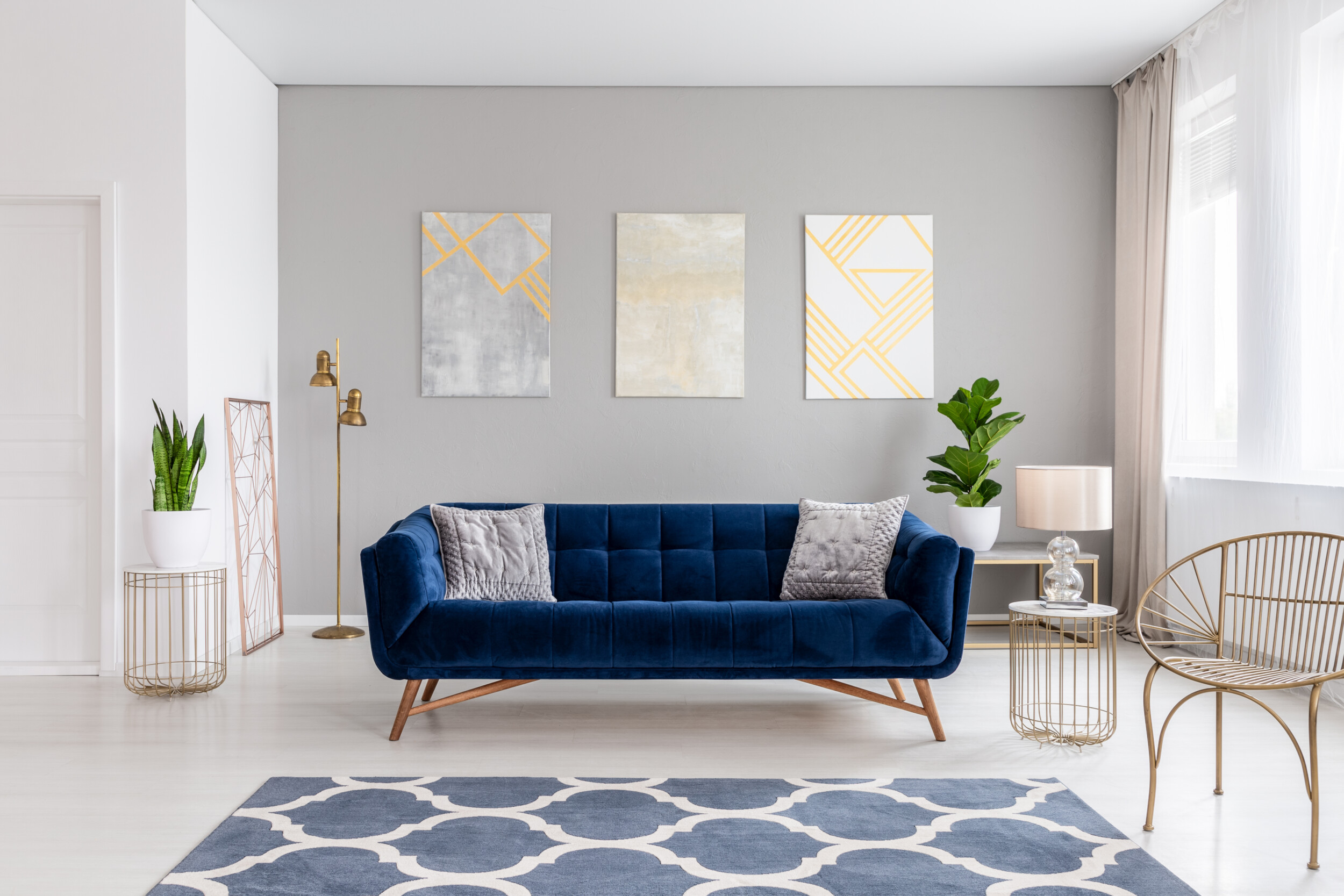
You don’t want your accent wall to clash with your existing furniture, but you also don’t want it to match too closely. So if you’re looking to coordinate with a green chair, instead of picking the exact same green color, pick something that it’ll contrast with.
Test Out a Few Colors
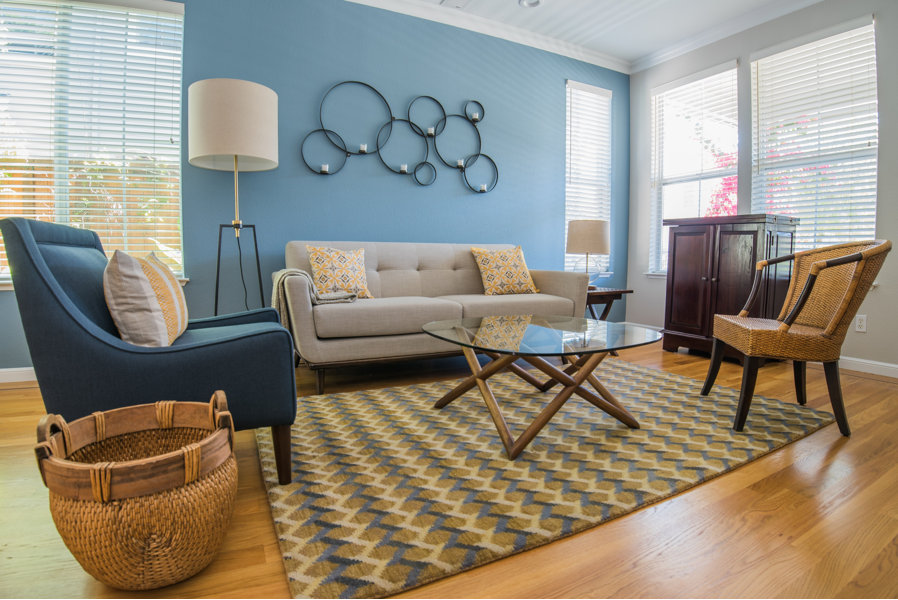
Don’t be afraid to test out several colors, or several shades of the same color, when deciding on an accent wall. Yes, watching paint dry can be a bit boring, but it’ll help you decide which color to ultimately go with.
